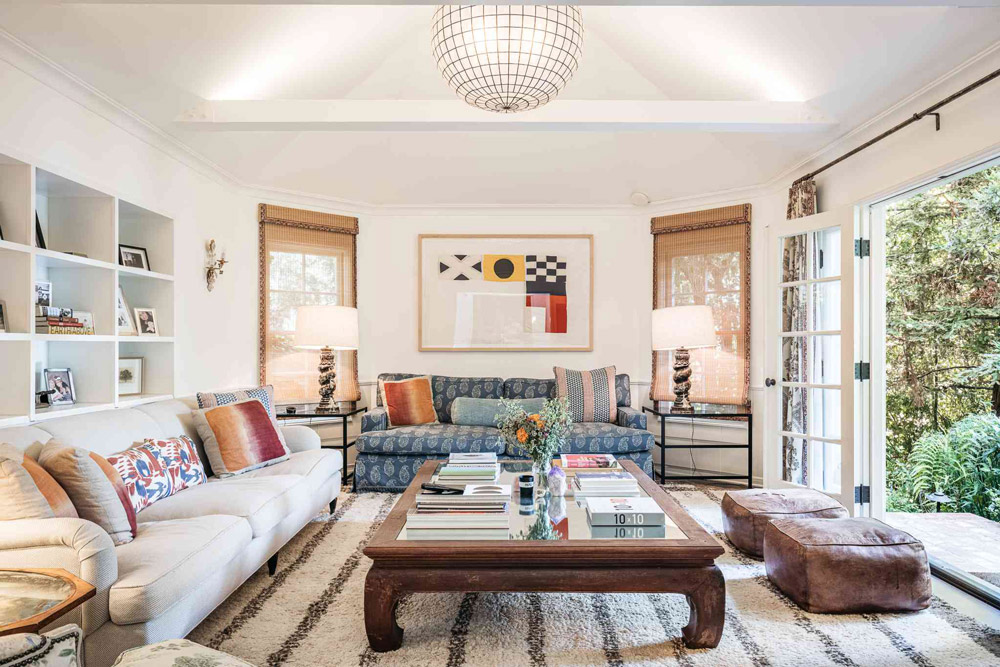Blending modern and traditional furniture styles isn’t just a passing interior design trend—it’s a creative approach to building a layered, personalized space that reflects both history and innovation. Known as transitional design, this style marries the sleek lines and simplicity of modern aesthetics with the timeless appeal and detail of traditional furnishings. The result? A balanced, curated interior that feels both fresh and familiar.
But merging these two styles successfully requires more than simply placing an antique chair next to a minimalist coffee table. Without a cohesive plan, the mix can quickly look disjointed or mismatched. In this article, we’ll guide you through how to combine modern and traditional furniture with purpose, style, and harmony.
Contents
Understanding the Core Styles
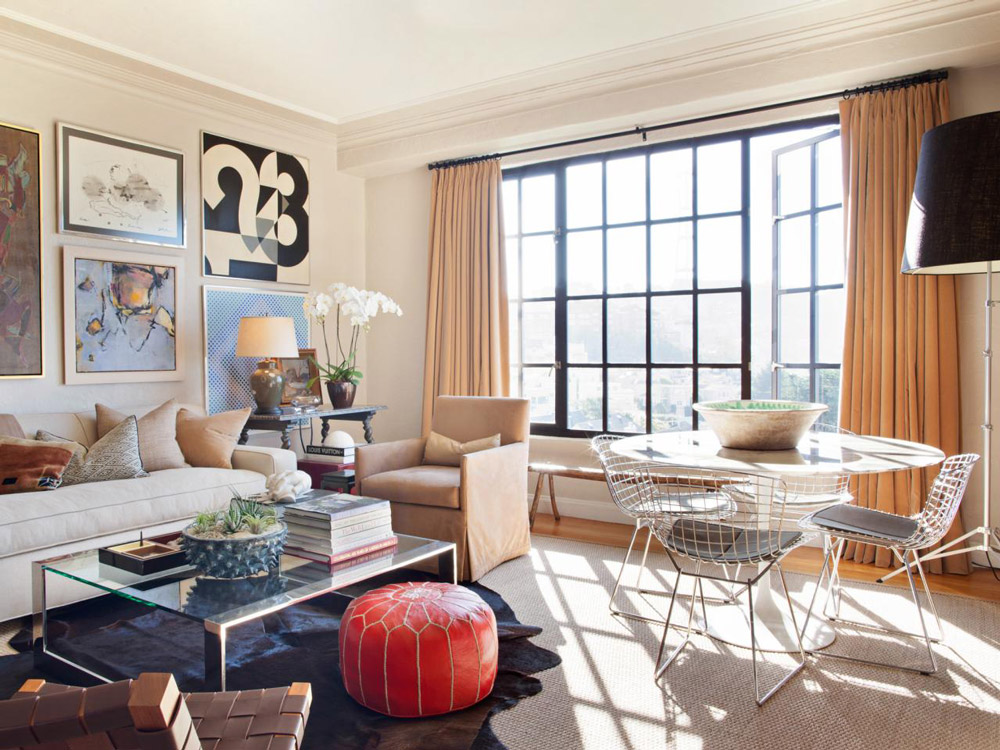
What Is Modern Furniture Style?
Modern furniture is rooted in the mid-20th century design movement, focusing on minimalism, functionality, and clean lines. Common traits include:
- Simple geometric shapes
- Neutral color palettes (grays, whites, blacks)
- Unadorned surfaces
- Materials like glass, chrome, steel, and leather
Modern interiors often embrace open spaces, less ornamentation, and a clutter-free look. The overall feeling is calm, practical, and sleek.
What Is Traditional Furniture Style?
Traditional furniture takes inspiration from 18th and 19th-century European styles and often features:
- Ornate woodwork and carvings
- Rich materials like velvet, silk, or mahogany
- Symmetrical layouts
- Deep, warm color schemes
These elements create a cozy, classic feel with a sense of refinement and formality.
Why Mixing Styles Works
Merging modern and traditional furniture styles allows you to create a visually dynamic space full of contrast and personality. Traditional pieces bring depth, craftsmanship, and heritage, while modern elements offer clarity, simplicity, and efficiency.
This combination provides a layered design that evolves over time. More importantly, it allows you to keep treasured heirlooms or antiques while introducing newer items that suit your current lifestyle.
Step-by-Step Guide to Mixing Modern and Traditional Furniture
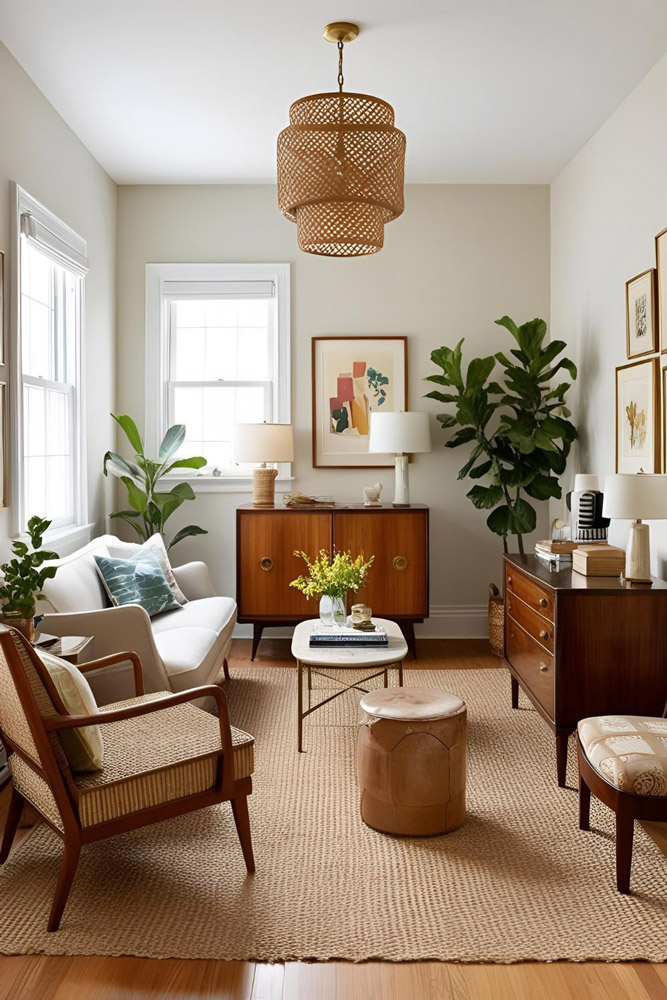
1. Define Your Dominant Style
Before you begin, determine which style will lead your design. Do you want your room to feel predominantly modern with classic accents, or mostly traditional with contemporary updates? Choosing a primary style helps keep your space focused and cohesive.
For example, if you lean modern, consider a clean-lined sofa as your anchor and introduce traditional elements like a carved wood coffee table or antique lamps to complement it.
2. Use a Unified Color Palette
Color is one of the most effective tools for blending diverse styles. A consistent color scheme across your furniture and décor will help unify old and new elements. Neutrals such as white, beige, gray, and taupe create a calm foundation and allow different styles to shine without clashing.
Introduce accent colors strategically through throw pillows, rugs, or artwork to create visual interest.
3. Balance Scale and Proportion
Mixing furniture from different eras requires careful attention to scale. Traditional furniture can be heavier and more ornate, while modern pieces tend to be streamlined and minimal. To maintain balance:
- Avoid pairing bulky traditional items with dainty modern ones.
- Mix large with large, and small with small.
- Maintain similar heights and dimensions where possible.
If you’re placing a substantial antique chest in the room, consider balancing it with a modern but equally substantial piece like a low-slung sofa or bold bookshelf.
4. Choose a Focal Point
Every room needs a visual anchor. It could be a vintage sideboard, a statement light fixture, or a modern art piece. Once you establish this focal point, build the rest of the room around it by introducing contrasting pieces from the opposite style to enhance it.
This approach gives your space intentionality and prevents it from feeling like a random assortment of styles.
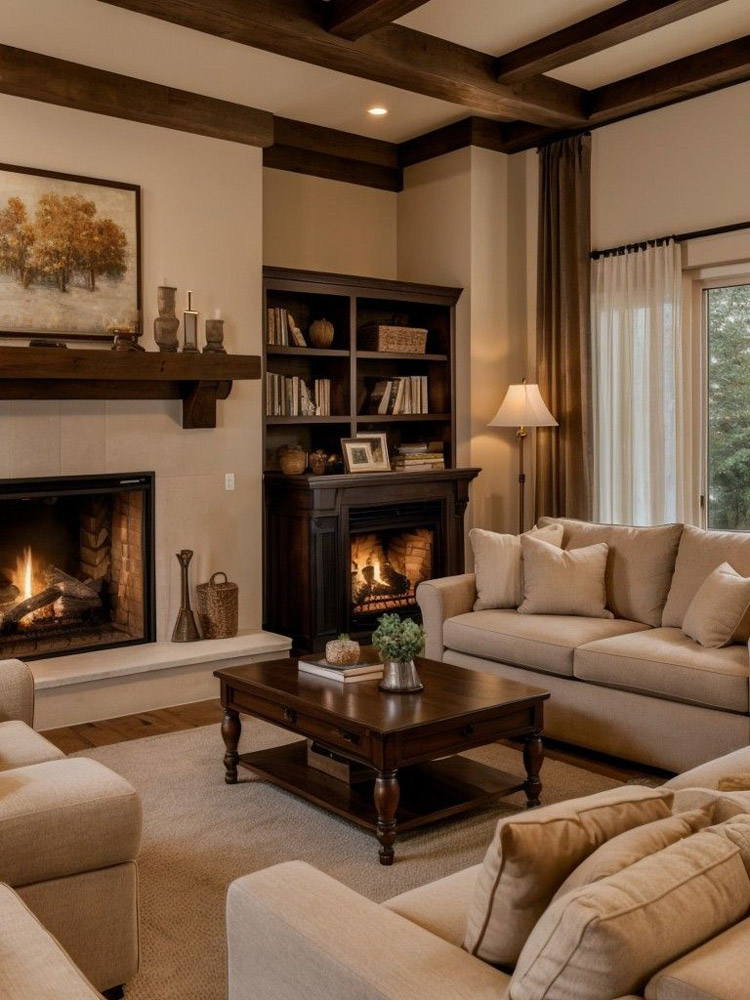
5. Mix Materials and Textures
Combining different textures and materials helps bridge the aesthetic gap between modern and traditional furniture. Try:
- A traditional wooden table paired with sleek acrylic chairs
- A velvet Victorian armchair next to a brushed-steel lamp
- A modern leather couch grounded by a Persian rug
These combinations create visual and tactile contrast, adding richness and depth to the design.
6. Use Accessories to Tie It Together
Rugs, artwork, mirrors, lighting, and soft furnishings can be the glue that holds everything together. Choose accessories that reference both styles, or use them to highlight your dominant aesthetic while nodding to the secondary one.
For instance, a modern abstract painting above a vintage dresser can create a stunning focal point that unifies the room. Or a classic chandelier in an otherwise modern dining room can elevate the space.
7. Edit Carefully
A common mistake when mixing furniture styles is doing too much. Transitional interiors rely on careful curation. Avoid clutter and make sure each piece has a purpose and complements the others.
Leave enough space around your furniture to let each item breathe. When in doubt, remove a piece rather than overcrowding your room.
Mistakes to Avoid When Mixing Styles
- Equal balance of styles: Aim for a 70/30 or 60/40 split. Equal parts can feel chaotic.
- Ignoring color coordination: Without a shared palette, the space may lack harmony.
- Neglecting scale: Overwhelming or underwhelming furniture throws off visual balance.
- Low-quality items: A poorly made piece, modern or antique, can degrade the entire room’s look.
Real-Life Room Ideas
Living Room: Pair a tufted traditional armchair with a low, angular coffee table. Add a bold, modern floor lamp and a neutral rug.
Dining Room: Combine a classic dark-wood dining table with clean-lined upholstered chairs. Hang a sleek chandelier overhead.
Bedroom: Use a traditional carved wood headboard with modern nightstands and geometric pendant lighting.
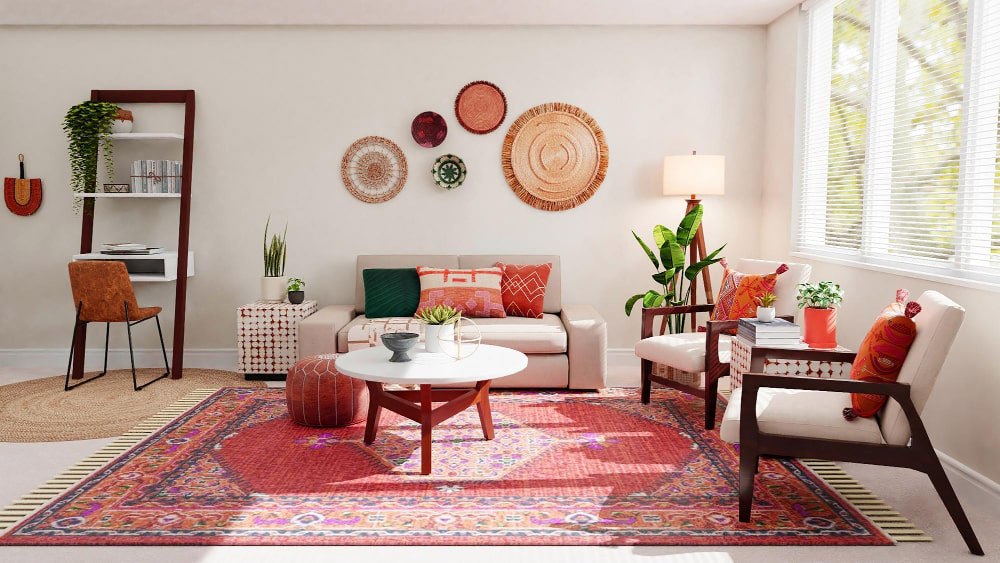
Budget-Friendly Tips
- Start with accessories like mirrors, lamps, or throw pillows to experiment with the look.
- Shop secondhand for unique vintage finds and mix them with new, modern staples.
- Repurpose traditional pieces with updated finishes—repaint or reupholster to modernize them.
Final Thoughts
Mixing modern and traditional furniture styles is not about rigid rules—it’s about finding the right balance that reflects your taste, lifestyle, and creativity. By using cohesive colors, balancing scale, layering thoughtfully, and editing with intention, you can design a space that feels harmonious and timeless.
Embrace the contrast, and don’t be afraid to let your personal story unfold through every piece you choose.

